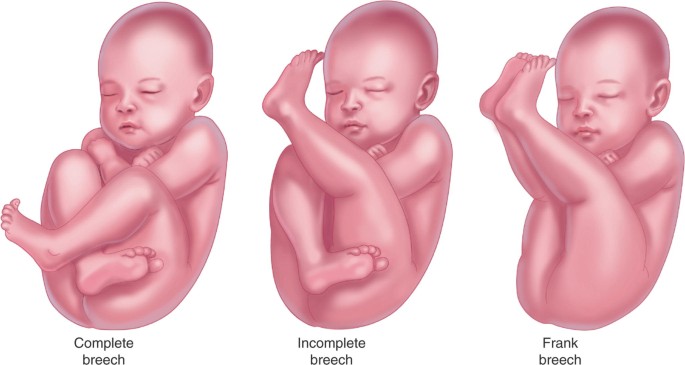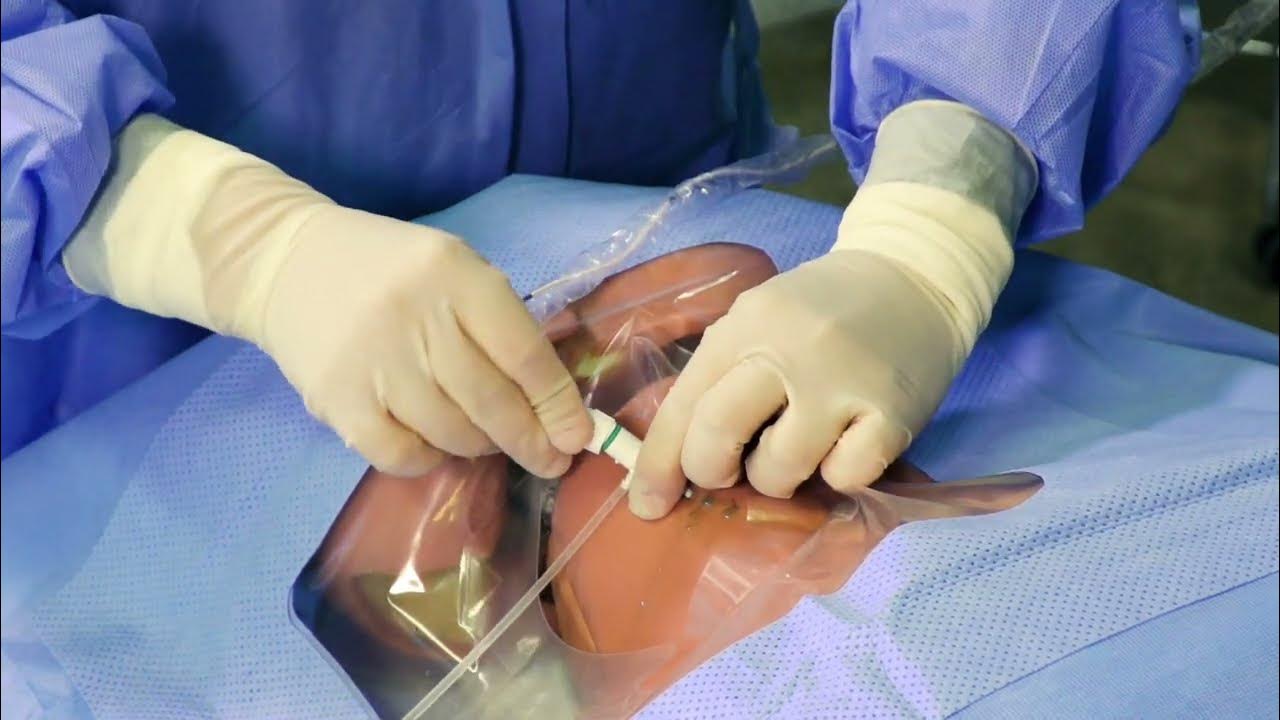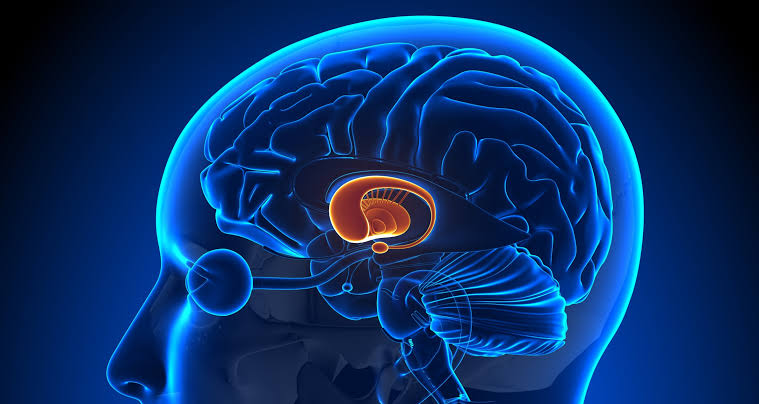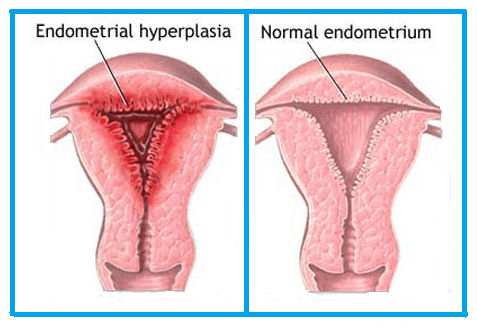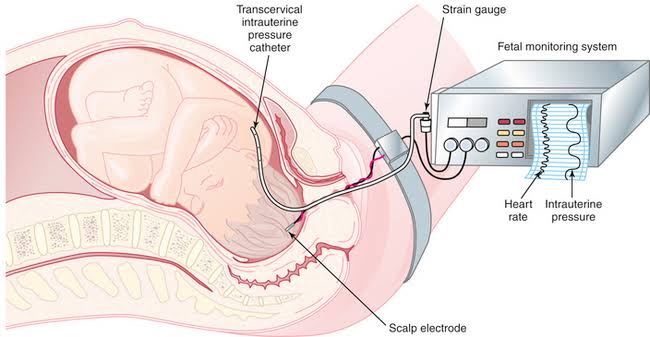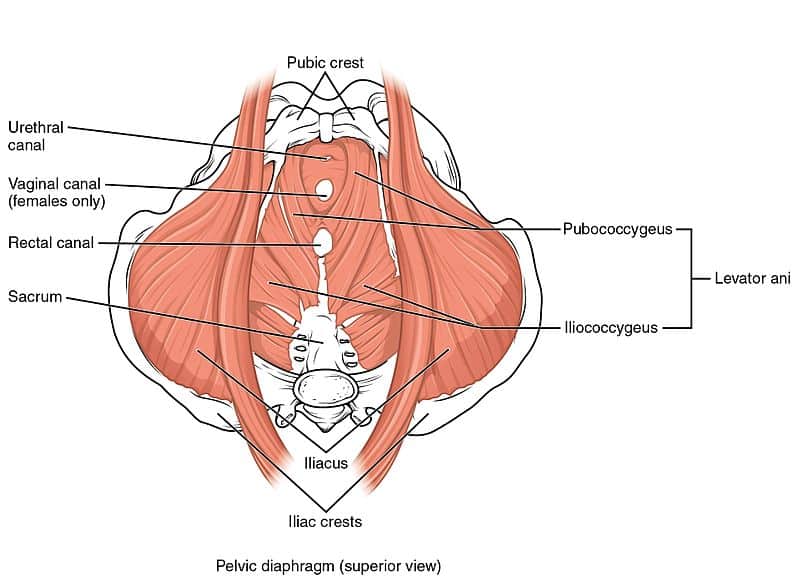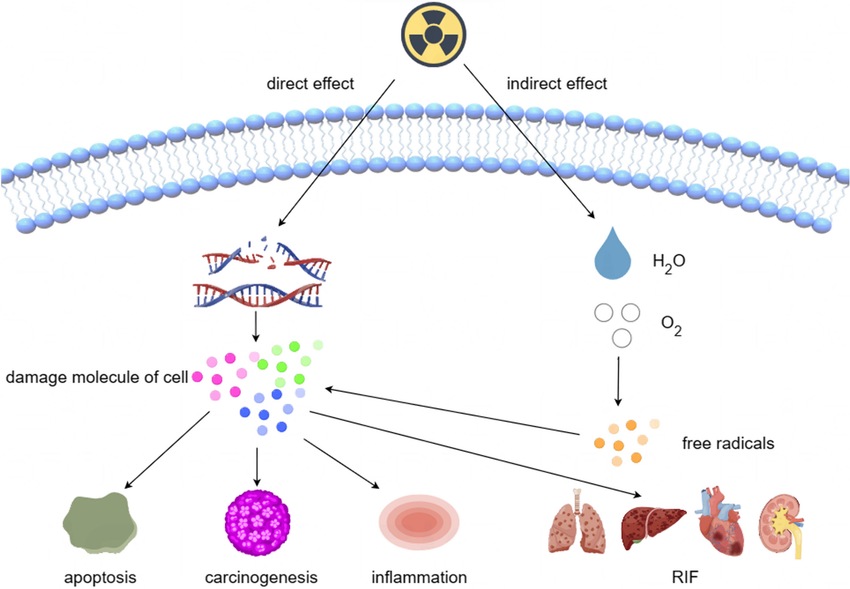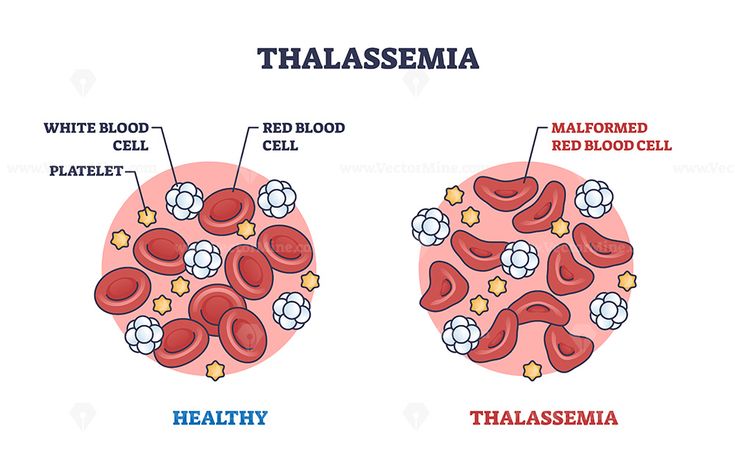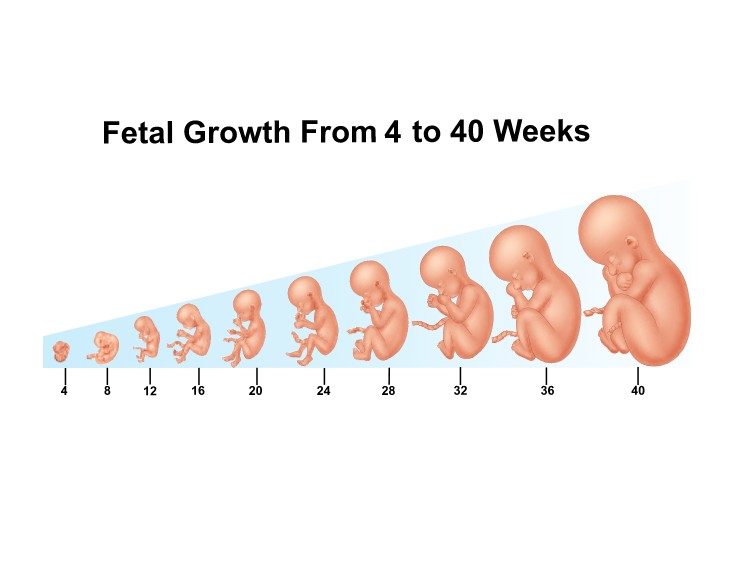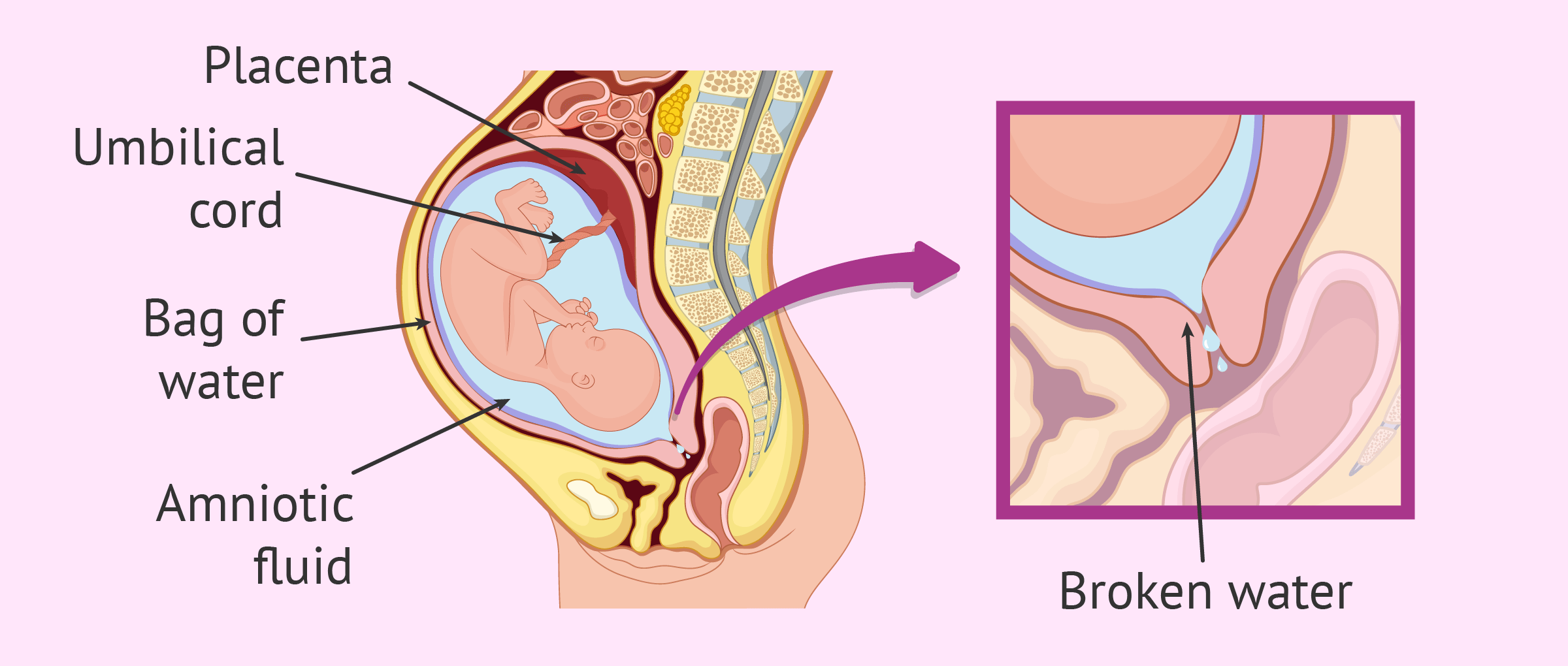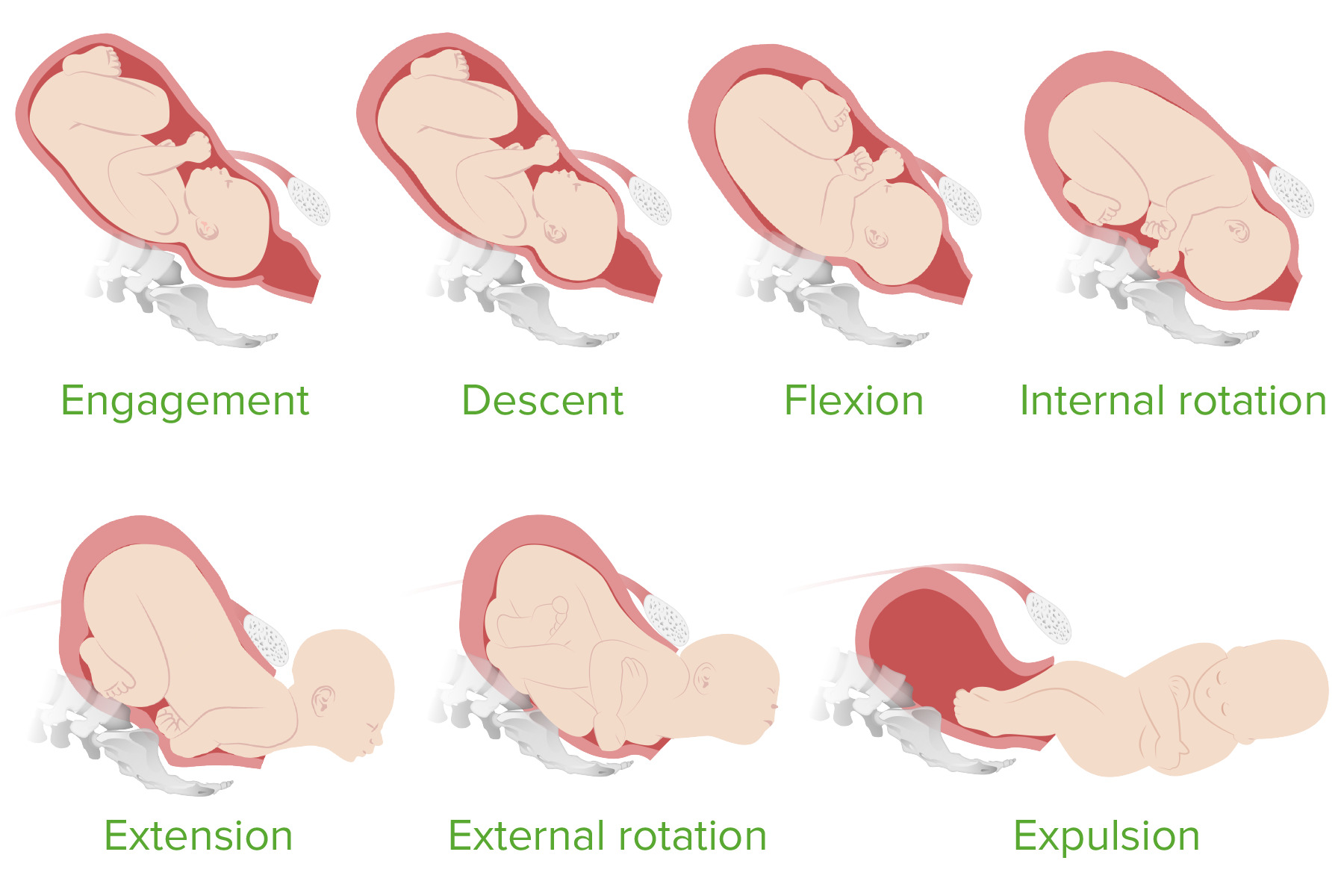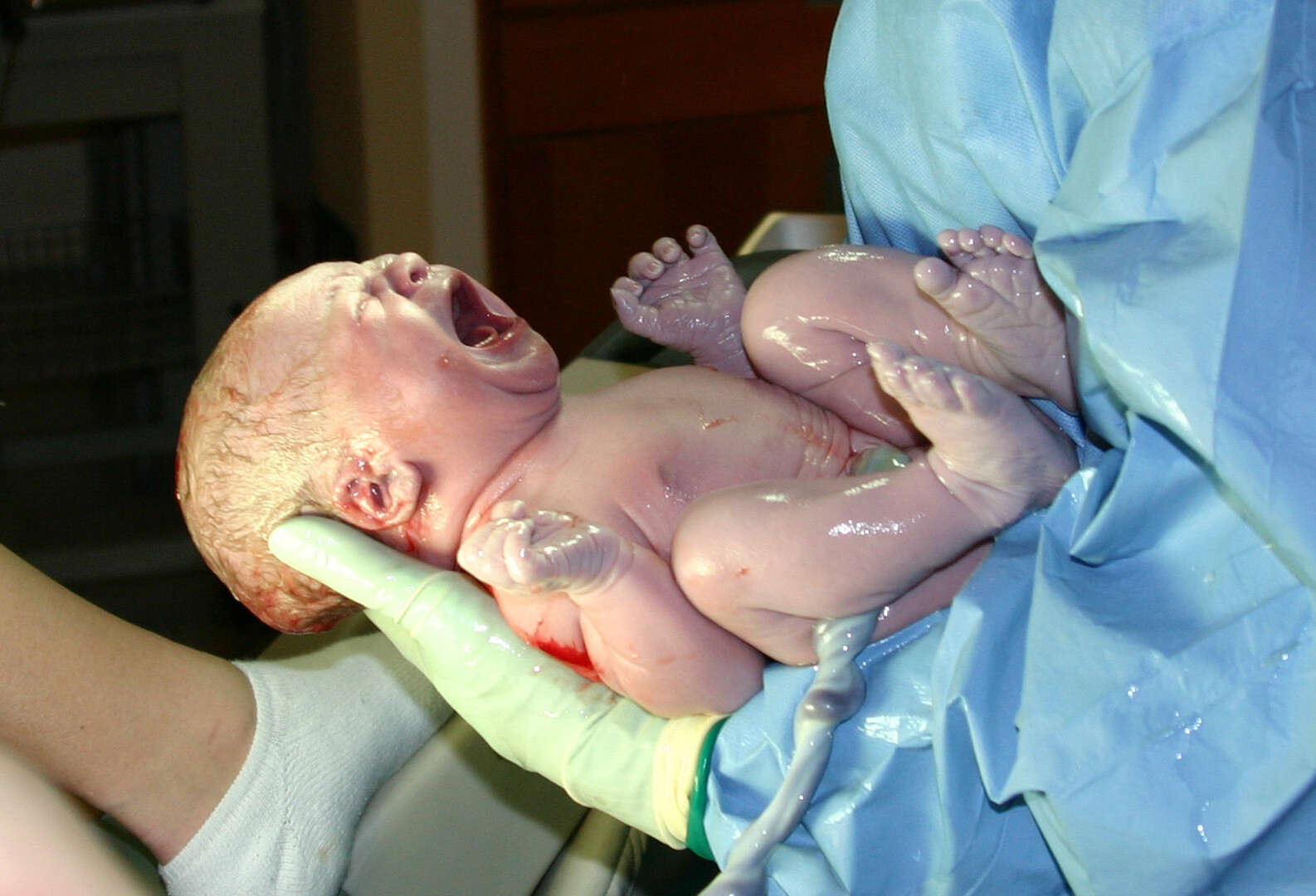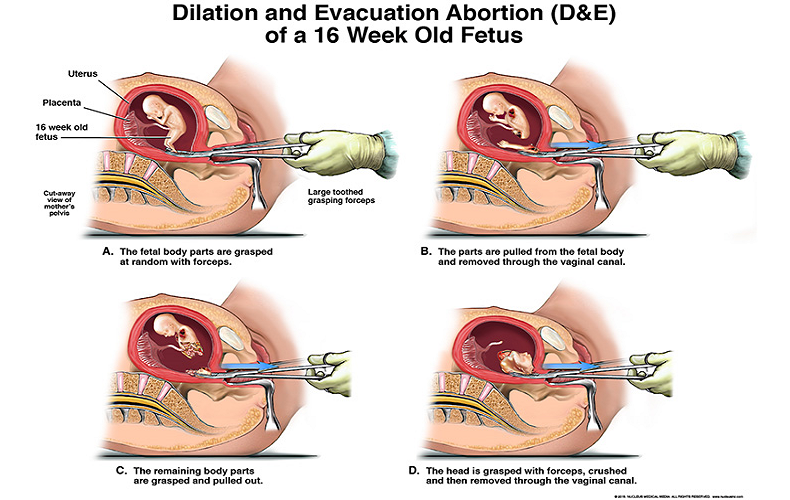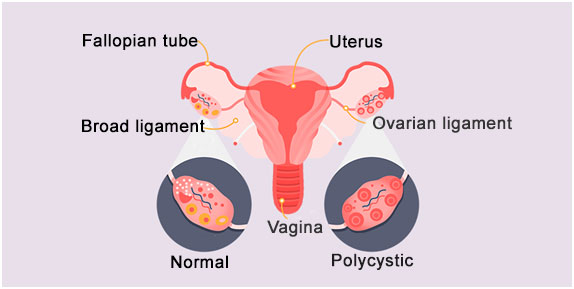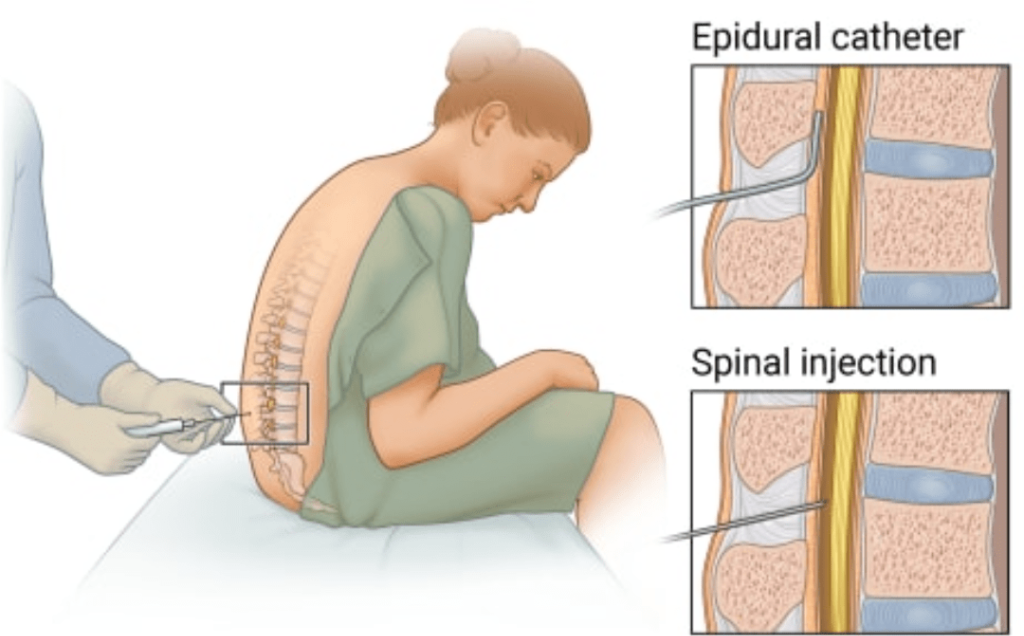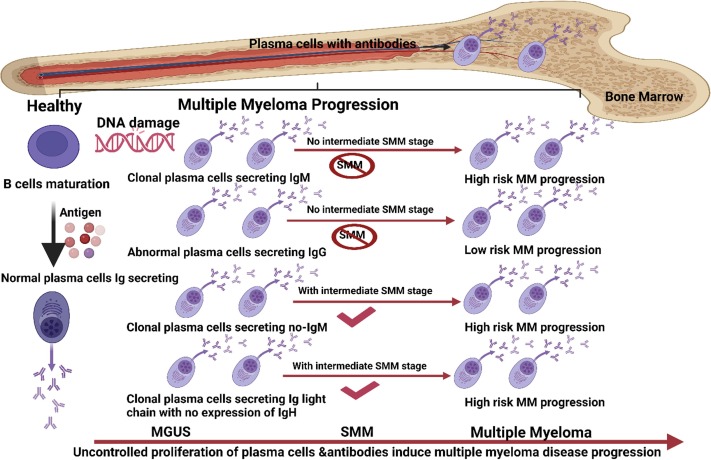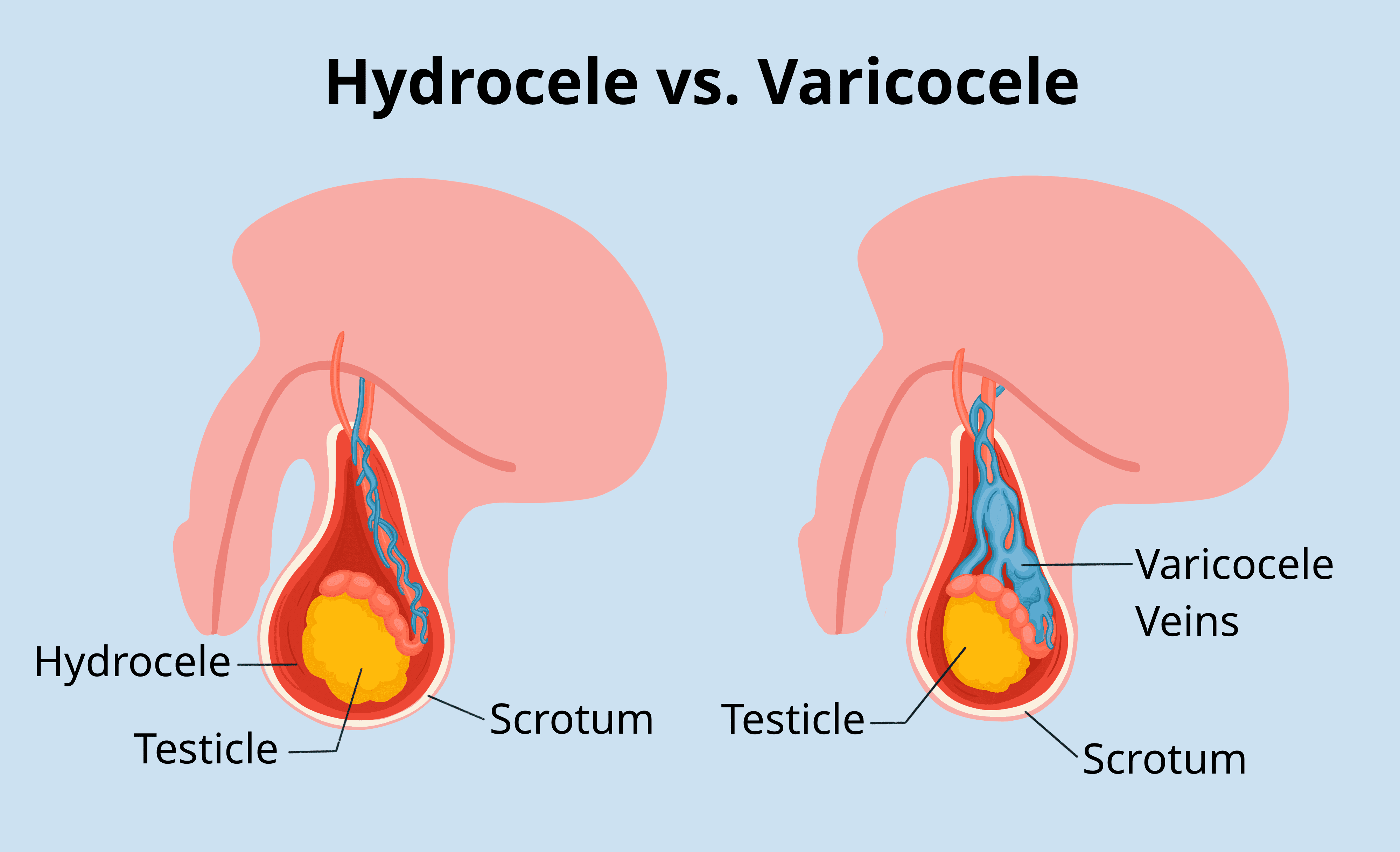Uterine inversion is a rare but life-threatening obstetric emergency, occurring in approximately 1 in 2,000 to 1...
Month: October 2025
Breech presentation, where the fetus presents with its buttocks or feet first, occurs in approximately 3-4% of...
The implantation of a transvenous pacemaker is a common and life-saving cardiovascular procedure designed to regulate the...
An episiotomy is a surgical incision of the perineum and posterior vaginal wall, performed during the second...
External Cephalic Version (ECV) is a medical procedure performed during late pregnancy to manually turn a fetus...
The intricate dance between our nervous system and our muscles is fundamental to every movement we make,...
Spontaneous abortion, commonly referred to as miscarriage, is the unintended loss of a pregnancy before 20 weeks...
Hypertensive disorders complicate approximately 5-10% of all pregnancies and remain a leading cause of maternal and perinatal...
The human circulatory system is a remarkable closed-loop circuit, where the heart acts as the central pump....
The basal nuclei, often referred to as the basal ganglia, represent a crucial group of subcortical nuclei...
Understanding the intricate anatomy of the head and neck is fundamental in various medical and dental disciplines....
Androgen excess in women, manifesting primarily as hirsutism and, in severe cases, virilization, is a common and...
Vaginal neoplasia, encompassing both pre-invasive (vaginal intraepithelial neoplasia, or VAIN) and invasive vaginal cancer, is a relatively...
Ovarian neoplasms represent a diverse group of growths arising from the ovary, ranging from functionally benign cysts...
Endometrial Hyperplasia and Carcinoma: Defining the Spectrum of Disease Endometrial hyperplasia (EH) and endometrial carcinoma (EC) represent...
The autonomic nervous system (ANS) is a critical division of the peripheral nervous system that governs involuntary...
The stomach is a remarkable organ, central to the initial stages of chemical and mechanical digestion. Its...
Teenage pregnancy, defined as pregnancy occurring in individuals aged 10-19 years, represents a complex global public health...
Pregnancy is a transformative journey characterized by intricate physiological and anatomical adaptations in the mother to support...
Intrapartum fetal surveillance (IFS) constitutes a critical component of obstetric care, aiming to monitor the fetal physiological...
The abdominal wall and pelvic floor form an integrated system of muscles, ligaments, and fascia that is...
Sexual health is a fundamental component of overall well-being, yet it often remains an under-addressed aspect of...
Gestational Trophoblastic Neoplasia (GTN) is a spectrum of pregnancy-related tumors arising from the placental trophoblast. Understanding its...
Radiation, an omnipresent force in the universe, can manifest in both beneficial and detrimental ways. While harnessed...
Fetal demise, often referred to as stillbirth, represents one of the most devastating outcomes of pregnancy for...
Perinatal Mood and Anxiety Disorders (PMADs) represent a significant public health challenge, encompassing a range of conditions...
The intersection of iron deficiency and thalassemia presents a complex clinical challenge, demanding meticulous diagnostic precision and...
Thalassemia is a group of inherited hemoglobinopathies characterized by the reduced or absent synthesis of one or...
Maternal immunization represents a cornerstone of preventive healthcare, offering a dual layer of protection for both the...
Abnormal uterine bleeding (AUB) is a prevalent gynecological concern affecting women of reproductive age, characterized by deviations...
Fetal growth abnormalities (FGA) represent a spectrum of conditions where the fetus fails to achieve its genetically...
Premature rupture of membranes (PROM) is a critical obstetric complication defined as the spontaneous rupture of the...
Abnormal labor, clinically termed dystocia, is a critical topic in obstetrics, referring to any slow, difficult, or...
Immediate care of the newborn is a critical, high-stakes period requiring synchronized interprofessional collaboration to ensure optimal...
Recurrent Pregnancy Loss (RPL), often a deeply distressing and challenging experience for intended parents, is defined as...
Pregnancy termination, often referred to as abortion, is a complex and sensitive aspect of reproductive healthcare, encompassing...
Third-trimester bleeding, defined as vaginal blood loss occurring after 20 weeks of gestation, is a serious obstetric...
Multifetal gestation, the simultaneous development of two or more fetuses in the uterus, represents a unique and...
Protracted and arrested labor represent significant challenges in obstetric practice, demanding a thorough understanding of their etiologies,...
Navigating the transition from labor analgesia to surgical anesthesia for an emergent Cesarean section is a critical...
Ovulatory dysfunction, a condition characterized by irregular or absent ovulation, stands as a leading cause of female...
Epidural analgesia is a cornerstone of modern pain management, offering effective relief for a wide range of...
Precipitous labor, a term denoting a rapid and unusually swift childbirth process, presents a distinct set of...
Multiple myeloma (MM) is a clonal malignant proliferation of plasma cells, a type of white blood cell...
Epidural analgesia is a cornerstone of effective pain management during labour, offering significant relief for many expectant...
The single-shot spinal technique for Caesarean delivery represents the cornerstone of regional anesthesia for this common obstetric...
Uterotonic drugs are a critical class of pharmacological agents specifically designed to stimulate uterine contractions. Their primary...
Peripheral nerve blocks (PNBs) are a cornerstone of modern regional anesthesia, offering targeted pain relief, reduced systemic...
An emergent caesarean delivery is a critical obstetric procedure performed when the rapid delivery of the fetus...
Spinal-induced hypotension (SIH) is the most common complication following neuraxial blockade for Cesarean delivery, occurring in 70%...
The surgical management of upper gastrointestinal pathology represents a critical field in clinical surgery, encompassing both the...
The preservation of viscera is a critical step in forensic science and medical diagnostics, ensuring that vital...
The decision to perform a caesarean delivery, whether elective or emergency, necessitates careful consideration of anaesthetic management...
Glaucoma filtration surgery, most commonly executed as a Trabeculectomy, remains the gold standard procedure for lowering refractory intraocular...
Salivary gland disorders, while not as common as other medical conditions, can significantly impact a patient’s quality...
Mastoiditis, a serious complication of acute otitis media (AOM), refers to the inflammation and infection of the...
Status epilepticus (SE) is defined as a neurological emergency resulting from the failure of mechanisms responsible for...
Friedreich’s Ataxia (FA) is the most common inherited ataxia, a progressive neurodegenerative disorder characterized by damage to...
Transverse Myelitis (TM) is an acquired neuroinflammatory disorder of the spinal cord characterized by acute or subacute...
Major Depressive Disorder (MDD) is a complex psychiatric condition characterized by persistent low mood, anhedonia, and a...
Hydrocele and varicocele are two distinct yet common urological conditions affecting the male scrotum, often leading to...
Renal Replacement Therapy (RRT) represents the critical cornerstone of management for patients suffering from end-stage renal disease...
Kidney transplantation represents a life-altering medical advancement for individuals suffering from end-stage renal disease (ESRD), offering improved...
Urinary Tract Infections (UTIs) are among the most common bacterial infections, affecting millions worldwide annually. They present...
Patient safety stands as a cornerstone of modern healthcare, representing the discipline that aims to prevent harm...
Surgical informed consent stands as a foundational pillar in modern medical practice, embodying the ethical imperative of...
The rapid global demographic shift toward an aging population, often termed the “Silver Tsunami,” has necessitated the...
Eating disorders (EDs), namely Anorexia Nervosa (AN) and Bulimia Nervosa (BN), are serious psychiatric conditions characterized by...
The human body meticulously regulates its core temperature within a narrow range, typically around 37°C (98.6°F), a...
Hypothermia, defined as a core body temperature below 35°C (95°F), is a critical medical emergency requiring prompt...
Electrocution, the passage of electrical current through the body, can result in a diverse and potentially devastating...
Porphyrias constitute a diverse group of metabolic disorders, primarily genetic in origin, that arise from deficiencies in...


